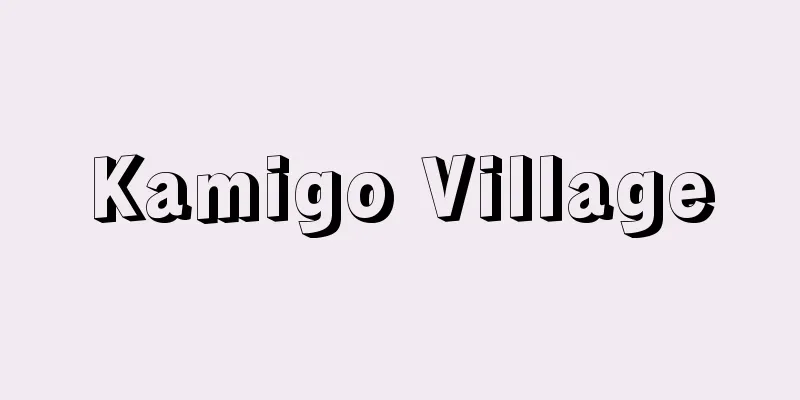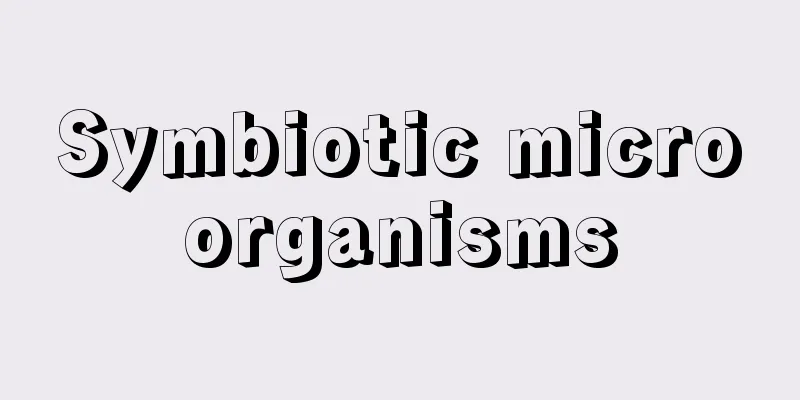Head of household - Kocho

|
The head of a ward, town, or village, which was a local administrative division in the early Meiji period. They started out as registrars under the Family Registration Act of 1871 (Meiji 4), and under the large ward and small ward system that began the following year, they were appointed by local officials as heads of small wards consisting of several towns and villages, and carried out national administration under their supervision. Under the County, Ward, Town, and Village Organization Act of 1878, heads of households were elected by the people, and one was appointed for each town and village, or for every two or three towns and villages. They were administrative officials and also directors who handled the town and village's public affairs. In many cases, heads of households were influential people in towns and villages, such as village headmen (shoya) or wealthy farmers, and some heads of households participated in the Freedom and People's Rights Movement. In 1884, the government changed the popular election to official appointment in order to ensure that heads of households were loyal, and expanded their jurisdiction to an average of five towns and villages. They were abolished in 1889 when the Town and Village System was implemented. [Mitsuko Oshima] "Meiji Village" by Mitsuko Oshima (Kyoikusha History Paperbacks)" "A Short History of the Local Government System" by Hiroshi Kamekawa (1962, Keiso Shobo) [Reference item] |Source: Shogakukan Encyclopedia Nipponica About Encyclopedia Nipponica Information | Legend |
|
明治前期の地方行政区画である区、町、村の長。1871年(明治4)に発布された戸籍法の戸籍吏として置かれたのが始まりで、翌年からの大区・小区制下では数町村を組み合わせた小区の長として地方官によって任命され、その監督下に国家行政を遂行した。78年の郡区町村編制法により戸長は民選となり、各町村もしくは2、3か町村に1名ずつ置かれた。行政吏であると同時に町村公共事務を処理する理事者ともなった。旧村の庄屋(しょうや)(名主)や豪農層など町村の有力者が戸長となる事例が多く、自由民権運動に参加する戸長もみられた。84年政府は忠実な戸長確保のため民選を官選にし、その管轄区域を平均5町村に拡大した。89年町村制施行により廃止。 [大島美津子] 『大島美津子著『明治のむら』(教育社歴史新書)』▽『亀卦川浩著『地方制度小史』(1962・勁草書房)』 [参照項目] |出典 小学館 日本大百科全書(ニッポニカ)日本大百科全書(ニッポニカ)について 情報 | 凡例 |
>>: Cochabamba (English spelling)
Recommend
Curriculum 68 - Curriculum 68
...In addition, there are numerous other academic...
Metal electrode
...The surfaces of metal electrodes and carbon el...
Square claws - Kakuzume
Kototsume Packed It is a type of rectangular shap...
AT&T Headquarters Building - AT&T Headquarters Building
… [Naoki Kurokawa]. … From [Skyscraper] …[Murao S...
One character writing - ichijikakidashi
One of the ancient document styles. It is also ca...
Museum of Modern Japanese Literature
This museum is both a library and a museum specia...
Inkyomen - Inkyomen
…Separate meals refer to separate hearths, or sep...
catsup
...A type of sauce made by adding various seasoni...
Friedrich - Caspar David Friedrich
German painter. Born in Greifswald on September 5...
Subei Irrigation Canal (English: Subei Irrigation Canal)
An artificial channel in northern Jiangsu Province...
Fountain pen - mannenhitsu (English spelling) fountain pen
A type of writing instrument that uses capillary ...
Mixed nutrition - Congo nutrition
This is one of the methods of feeding infants, whe...
Shishinden - Shishinden
[1] The name of a palace in the ancient Chinese im...
Platinum black
… [Platinum black] Black, finely powdered platinu...
Owner of Ippitsuanshujin
...A collection of volumes. Co-authored by Mizuka...

![Hosoe [town] - Hosoe](/upload/images/67ccd9326a840.webp)







